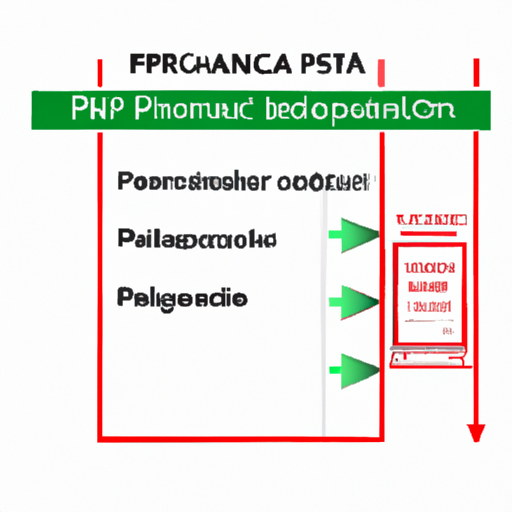Product standards for FPGA on-site programming door array refer to the specific requirements and guidelines that must be followed during the development, manufacturing, and usage of FPGA (Field-Programmable Gate Array) devices for on-site programming applications. These standards ensure the quality, reliability, and compatibility of FPGA devices, enabling seamless integration and efficient programming on-site. In this article, we will explore the key product standards for FPGA on-site programming door array, including their importance and impact on the industry.

2. Importance of product standards: Product standards play a crucial role in ensuring the quality and reliability of FPGA on-site programming door array devices. These standards provide a common framework for manufacturers, developers, and users, ensuring compatibility, interoperability, and safety. Compliance with product standards also helps in reducing development time, minimizing errors, and enhancing overall system performance.
3. Key product standards for FPGA on-site programming door array: a. IEEE 1076: This standard, also known as VHDL (Very High-Speed Integrated Circuit Hardware Description Language), provides a standardized language for describing the behavior and structure of digital systems, including FPGA designs. Compliance with this standard ensures compatibility and portability of FPGA designs across different platforms and tools.
b. JTAG (Joint Test Action Group) standard: JTAG is a widely used standard for testing and programming integrated circuits, including FPGAs. It provides a standardized interface for accessing and configuring FPGA devices, enabling efficient on-site programming. Compliance with JTAG standards ensures compatibility with various programming tools and simplifies the programming process.
c. ISO 9001: This international standard specifies the requirements for a quality management system. Compliance with ISO 9001 ensures that the manufacturing processes for FPGA on-site programming door array devices are well-defined, controlled, and continuously improved. It ensures consistent quality, reliability, and customer satisfaction.
d. RoHS (Restriction of Hazardous Substances) directive: This European Union directive restricts the use of certain hazardous substances in electrical and electronic equipment, including FPGA devices. Compliance with RoHS standards ensures the safety and environmental friendliness of FPGA on-site programming door array devices.
e. IPC (Association Connecting Electronics Industries) standards: IPC standards provide guidelines for the design, manufacturing, and testing of electronic assemblies. Compliance with IPC standards ensures the reliability, manufacturability, and quality of FPGA on-site programming door array devices, including aspects such as soldering, component placement, and PCB (Printed Circuit Board) design.
4. Impact of product standards on the industry: Product standards for FPGA on-site programming door array have a significant impact on the industry. They promote interoperability and compatibility among different FPGA devices and programming tools, enabling seamless integration and reducing development time. Compliance with these standards also ensures the safety, reliability, and quality of FPGA devices, enhancing customer confidence and satisfaction. Moreover, adherence to product standards facilitates global market access, as many countries and regions require compliance with specific standards for electronic devices.
In conclusion, product standards for FPGA on-site programming door array are essential for ensuring the quality, reliability, and compatibility of FPGA devices used in door array systems. Compliance with these standards, such as IEEE 1076, JTAG, ISO 9001, RoHS, and IPC, is crucial for manufacturers, developers, and users to achieve optimal performance, safety, and customer satisfaction. These standards play a vital role in shaping the industry by promoting interoperability, reducing development time, and facilitating global market access.






